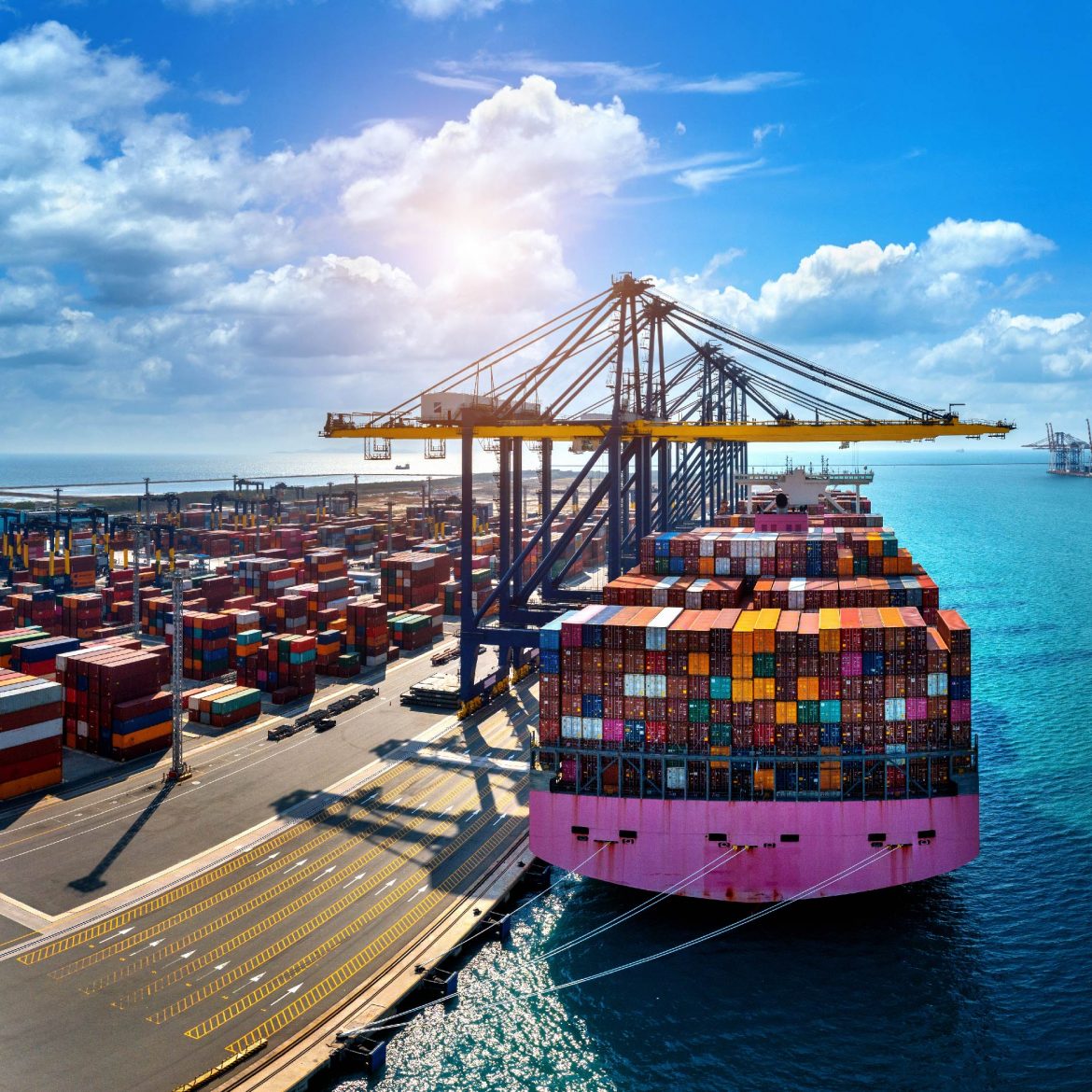Sea shipping is a vital component of international trade, connecting countries and facilitating the movement of goods across vast distances. In this blog post, we will delve into the intricacies of sea shipping from China to Singapore, exploring the factors that influence transit times, the different shipping options available, and the key considerations for businesses and individuals alike. So, let's set sail and uncover the secrets of this maritime journey!
- Understanding Transit Times:
When it comes to sea shipping from China to Singapore, transit times can vary depending on several factors. The distance between the two countries, the shipping route chosen, and the efficiency of the logistics network all play a role in determining how long it takes for goods to reach their destination. On average, sea shipments can take anywhere from 10 to 30 days, with some factors potentially causing delays. - Factors Affecting Transit Times:
a. Shipping Routes: The choice of shipping route can significantly impact transit times. The most common routes for sea shipping from China to Singapore include the South China Sea route and the Strait of Malacca route. Each route has its own advantages and considerations, such as weather conditions, congestion, and piracy risks.
b. Port Congestion: Port congestion can cause delays in sea shipping. Both Chinese and Singaporean ports experience varying levels of congestion, which can be influenced by factors like seasonal demand, infrastructure capacity, and customs clearance procedures. It is crucial for shippers to stay informed about current port conditions and plan accordingly.
c. Customs Clearance: Customs procedures and documentation requirements can also affect transit times. Ensuring that all necessary paperwork is in order and complying with customs regulations can help expedite the clearance process and minimize delays.
- Shipping Options:
a. Full Container Load (FCL): FCL is a popular option for businesses with large shipments. With FCL, a dedicated container is used to transport goods from China to Singapore. This option provides greater control over the shipping process and allows for faster transit times, as there is no need to wait for consolidation.
b. Less than Container Load (LCL): LCL is suitable for smaller shipments that do not require a full container. In this case, multiple shipments from different suppliers are consolidated into a single container. While LCL offers cost savings for smaller shipments, it may result in longer transit times due to the need for consolidation.
c. Reefer Containers: For goods that require temperature-controlled transportation, reefer containers are used. These containers maintain a specific temperature range, ensuring the integrity of perishable goods during transit. Reefer containers are commonly used for the transportation of food products and pharmaceuticals.
- Key Considerations for Shippers:
a. Packaging and Labeling: Proper packaging and labeling are essential to protect goods during transit and facilitate customs clearance. Shippers should ensure that their packaging meets international standards and that all necessary labels and markings are clearly visible.
b. Insurance: It is advisable for shippers to consider marine cargo insurance to protect their goods against loss or damage during sea shipping. Insurance coverage can provide peace of mind and financial protection in case of unforeseen events.
c. Incoterms: Shippers should be familiar with Incoterms (International Commercial Terms) to understand their rights and responsibilities regarding the delivery of goods. Choosing the appropriate Incoterm can help avoid misunderstandings and disputes between buyers and sellers.
Conclusion:
Sea shipping from China to Singapore is a complex process influenced by various factors. Understanding transit times, choosing the right shipping options, and considering key factors can help businesses and individuals navigate this maritime journey successfully. By staying informed and making informed decisions, shippers can optimize their supply chains and ensure timely delivery of goods. So, set your sails and embark on a successful sea shipping journey from China to Singapore!



